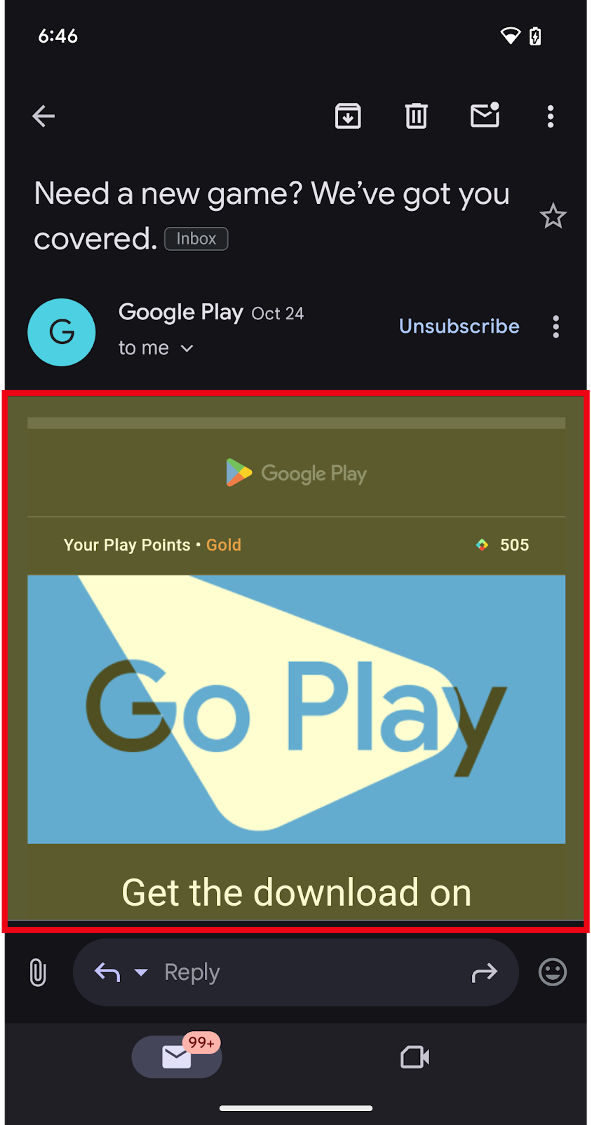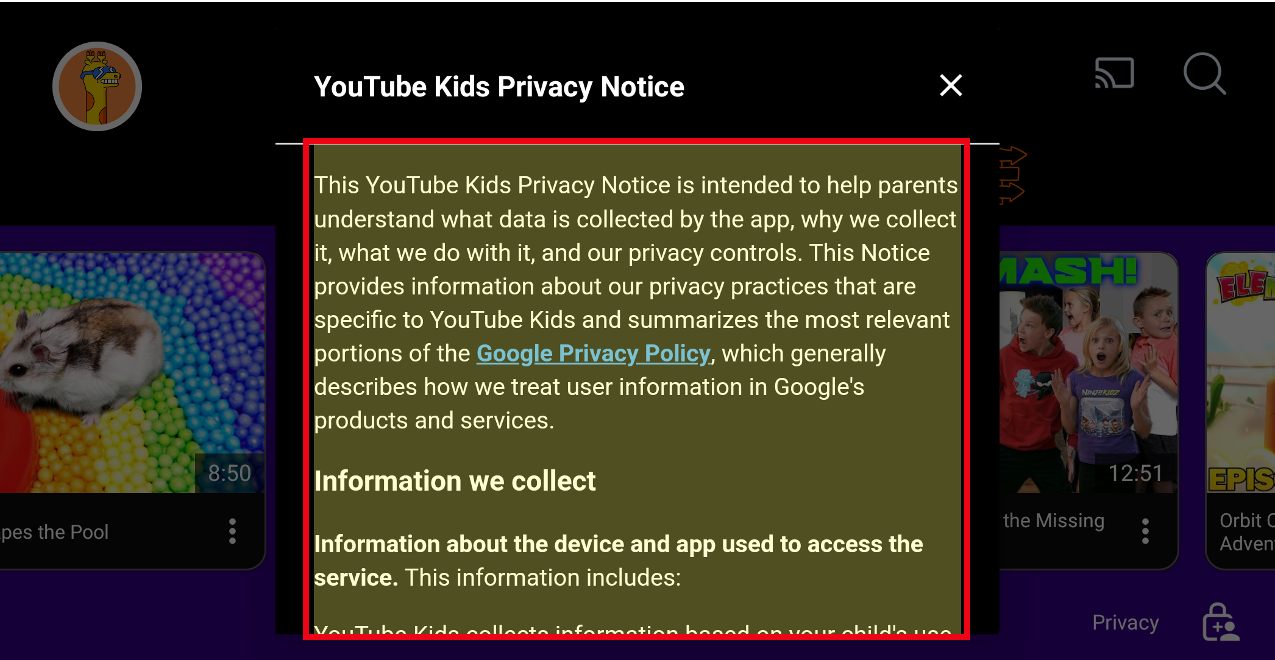Android, uygulamanızda web'in gücünden yararlanmanızı sağlar. Böylece, belirli içerik türlerini göstermenin esnekliğinden ve verimliliğinden yararlanabilirsiniz.
WebView kullanarak içerik yerleştirme
WebView API, uygulamanızda web içeriği görüntülemek için mini tarayıcı özelliklerine erişmenizi sağlar. Bu sayede, Şekil 1'de gösterildiği gibi, uygulamanızda temel veya destekleyici bir bölüm olarak web destekli deneyimler sunabilirsiniz.


WebView ile yapabilecekleriniz
Uygulamanızda WebView ile şunları yapabilirsiniz:
Web görünümü yerleştirme:
WebView, bir uygulamanın kullanıcı arayüzüne düğme veya metin alanı gibi bir bileşen olarak entegre edilir.İçerik yükleme:
WebView, çeşitli kaynaklardan web içeriği yükleyebilir:- Uzak URL'ler: Normal bir tarayıcı gibi internetteki web sayfalarını getirebilir ve görüntüleyebilir.
- Yerel dosyalar: Uygulamanın kaynaklarında depolanan HTML, CSS ve JavaScript dosyalarını yükleyebilir.
- Dinamik olarak oluşturulan içerik: Uygulama, HTML içeriğini dinamik olarak oluşturup
WebView'ya sağlayabilir.
Oluşturma:
WebView, HTML, CSS ve JavaScript'i ayrıştırıp oluşturmak için tarayıcı motorunu kullanır ve sonuçtaki web sayfasını uygulamanın kullanıcı arayüzündeki belirlenmiş alanında gösterir.JavaScript'i yürüt:
WebView, yüklenen web sayfası bağlamında JavaScript kodunu yürütebilir. Bu sayedeWebViewiçinde dinamik etkileşimler ve güncellemeler yapılabilir.Uygulamanızla etkileşim kurma:
WebView'nin gücünü daha iyi göreceğiniz yer burasıdır. Web sayfası ile uygulama arasında iki yönlü iletişime olanak tanır.JavaScript'ten uygulama koduna:
WebViewiçinde çalışan JavaScript kodu, uygulamanın ana makine API'lerini çağırabilir. Bu sayede kamera, GPS veya sensörler gibi cihaz özelliklerine erişim sağlanır.JavaScript'e uygulama kodu: Uygulama,
WebViewiçine JavaScript kodu da yerleştirebilir, web sayfasının içeriğini değiştirebilir veya web sayfası tarafından tetiklenen etkinliklere yanıt verebilir.
WebView ile tarayıcı arasındaki farklar
WebView, web'e açılan bir pencerenin temel işlevini sağlayan, son derece özelleştirilmiş bir bileşendir. Web'de daha geniş kapsamlı gezinmek için gezinme çubuğu ve diğer kullanıcı arayüzü öğelerini sağlayan bir tarayıcının aksine, WebView genel deneyimi uygulamanızın tasarımı ve amacı tarafından şekillendirilir.
WebView ile standart tarayıcılar arasındaki farkı daha iyi anlamak için aşağıdaki açıklamaları inceleyin:
Kullanıcı arayüzü: WebView, web içeriğini görüntülemek için kullanılır ve çoğu yaygın tarayıcıda olduğu gibi kendi başlığı veya kullanıcı arayüzü (ör. ana sayfa düğmesi, adres çubuğu ya da ayarlar menüsü) yoktur.
Özellikler: Birçok tarayıcıda, göz atma deneyimini geliştirmek için yerleşik özellikler (ör. yer işaretleri, izinler veya geçmiş) bulunur.
Güncellemeler: Android WebView, Android'de bir sistem hizmeti olduğundan güncellemeler aylık olarak otomatik şekilde uygulamalara gönderilir ve entegre edilir.
Tarayıcılar, ilgili uygulama güncellemelerine ve ardından son kullanıcıların cihazlarında güncellemeyi uygulamasına bağlıdır.
Başlayın
Uygulamanızda WebView kullanma hakkında bilgi edinmek için WebView ile web uygulamaları oluşturma başlıklı belgeye bakın.
Ek kaynaklar
WebView nesnelerini veya özel sekmeleri kullanarak Android destekli cihazlar için web sayfaları geliştirmek istiyorsanız aşağıdaki belgelere bakın:
WebViewile web uygulamaları oluşturmaWebViewnesnelerini yönetme- Web uygulamalarında farklı ekranları destekleme
- Web uygulamalarında hata ayıklama
- Web uygulamaları için en iyi uygulamalar
WebViewBeta'yı etkinleştirme- Yerleştirilmiş web'i kullanarak uygulama içi tarama
- Android özel sekmelerine genel bakış

